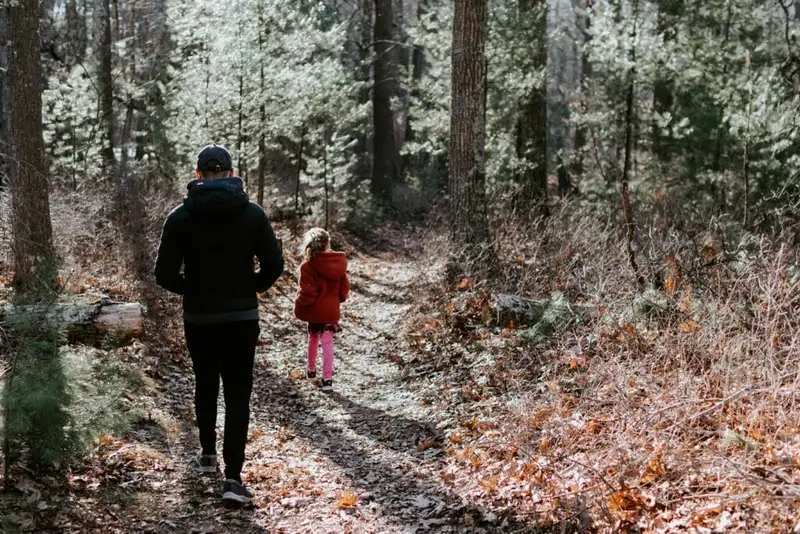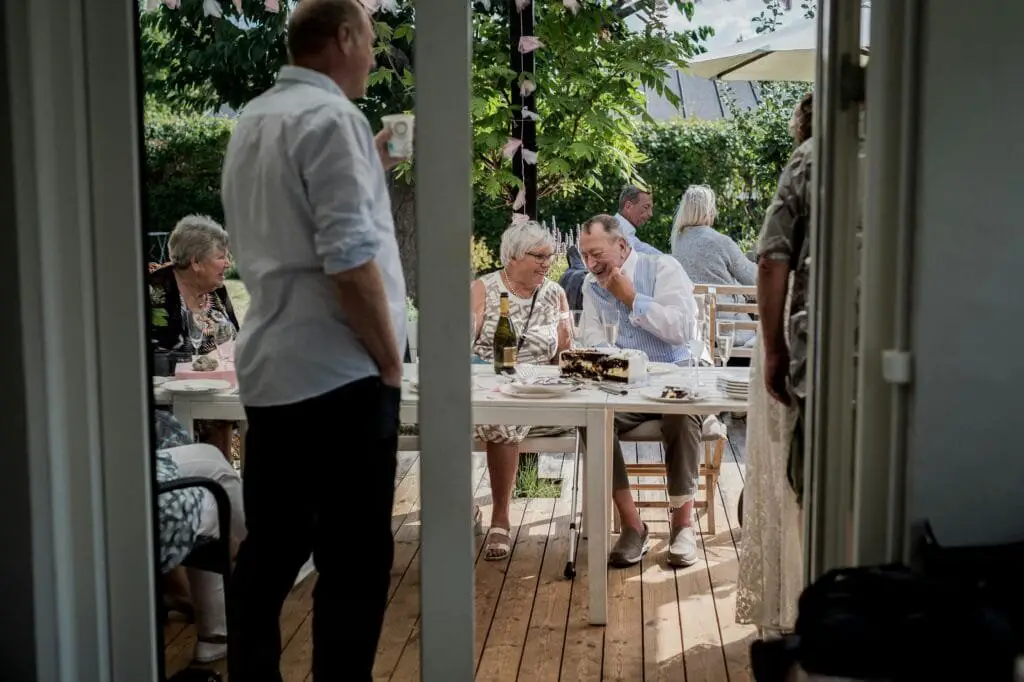Before streaming services reintroduced the anthology format with shows like “Black Mirror” and “American Horror Story,” the 1970s represented the golden age of episodic storytelling. Each week, viewers would settle in for a completely new tale with fresh characters and scenarios, creating a sense of anticipation that today’s binge-watching culture rarely captures. While “The Twilight Zone” and “Alfred Hitchcock Presents” have enjoyed continued recognition, many brilliant anthology series from this era have faded from collective memory. Here are twelve forgotten anthology gems from the ’70s that streaming platforms would be wise to resurrect for a new generation.
1. Night Gallery (1970-1973)
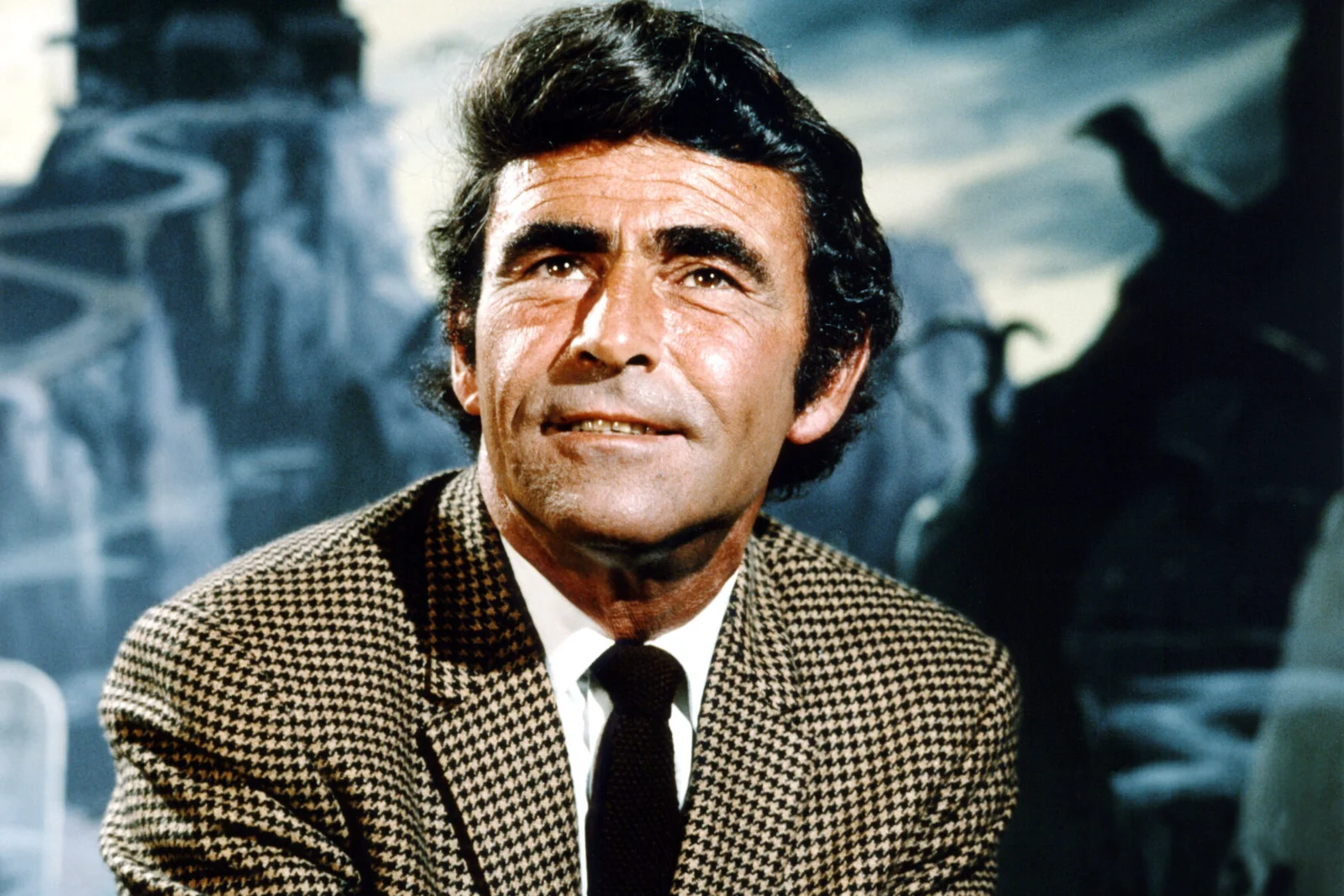
Rod Serling’s follow-up to “The Twilight Zone” deserves far more recognition than it typically receives in television history. Unlike its predecessor’s science fiction focus, “Night Gallery” leaned heavily into supernatural horror, with Serling introducing each segment while standing before macabre paintings that represented the stories. The show featured early directorial work from Steven Spielberg and performances from Hollywood legends like Joan Crawford, alongside emerging talents like Diane Keaton. SYFY goes further in breaking down and explaining this iconic anthology.
What made “Night Gallery” particularly distinctive was its visual aesthetic that combined Gothic horror sensibilities with contemporary 1970s settings and social issues. Episodes like “The Cemetery,” where a greedy heir is tormented by a painting that seems to document his murdered uncle’s return from the grave, demonstrated the series’ perfect blend of psychological horror and supernatural revenge. With our current cultural appetite for thoughtful horror and nostalgic reexaminations, “Night Gallery” would find a ready audience on modern streaming platforms.
2. Ghost Story/Circle of Fear (1972-1973)
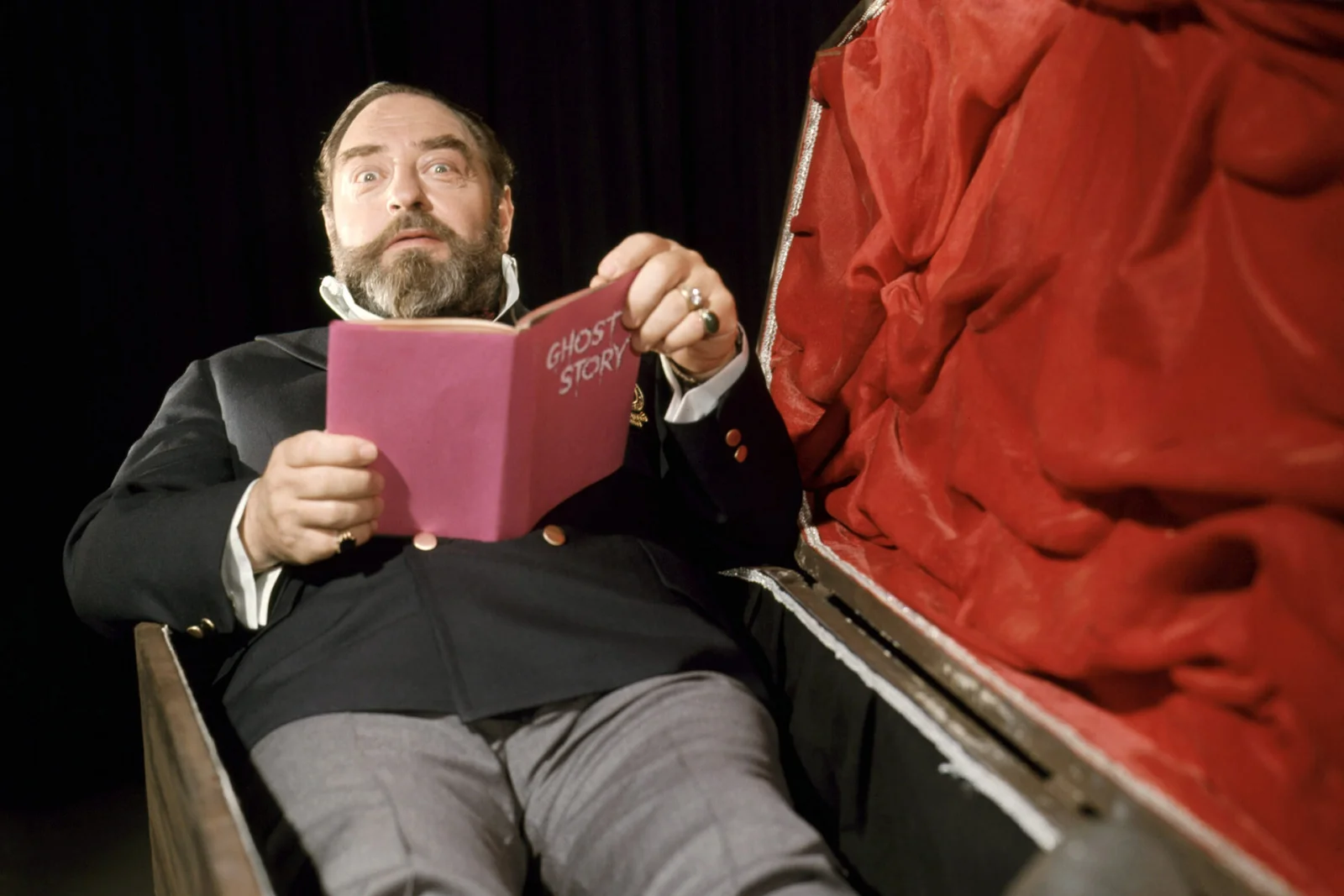
Beginning as “Ghost Story” with host Sebastian Cabot providing eerie introductions, this anthology series later rebranded as “Circle of Fear” after its first thirteen episodes. Despite its brief run, the show delivered consistently atmospheric tales of the supernatural featuring respected actors like Helen Hayes, Janet Leigh, and Melvyn Douglas. The series had a particularly haunting opening sequence that established its commitment to psychological terror rather than cheap shocks. Screen Rant explains the ways the series changes and its successor impacted the original.
What distinguished this series was its focus on emotionally resonant hauntings that often served as metaphors for guilt, grief, or family secrets. Episodes like “The Dead We Leave Behind,” where a man who murders his unfaithful wife is haunted by her persistent knitting needles, demonstrated the show’s ability to blend domestic drama with supernatural consequences. In today’s market where psychological horror thrives, this forgotten gem could find new appreciation from audiences seeking more nuanced chillers.
3. Police Story (1973-1978)

Created by ex-police officer Joseph Wambaugh, “Police Story” delivered remarkably authentic and unglamorized portrayals of law enforcement that continue to feel groundbreaking even by today’s standards. Each episode presented new characters and situations drawn from real police experiences, ranging from undercover operations to departmental corruption and the personal toll of police work. The series attracted exceptional talent both in front of and behind the camera, including early work from directors like Michael Mann. The ratings on IMDb prove that people still have room in their hearts and a place in their thoughts for this series.
What made “Police Story” revolutionary was its commitment to showing police work in all its complexity—officers were neither universally heroic nor villainous, but flawed individuals working within an imperfect system. Episodes like “The Wyatt Earp Syndrome” explored the psychological dangers of power and authority with a sophistication rarely seen in police dramas of the era. In our current climate of nuanced conversations about policing, this series could provide valuable historical perspective while delivering compelling standalone dramas.
4. Thriller (1973-1976)
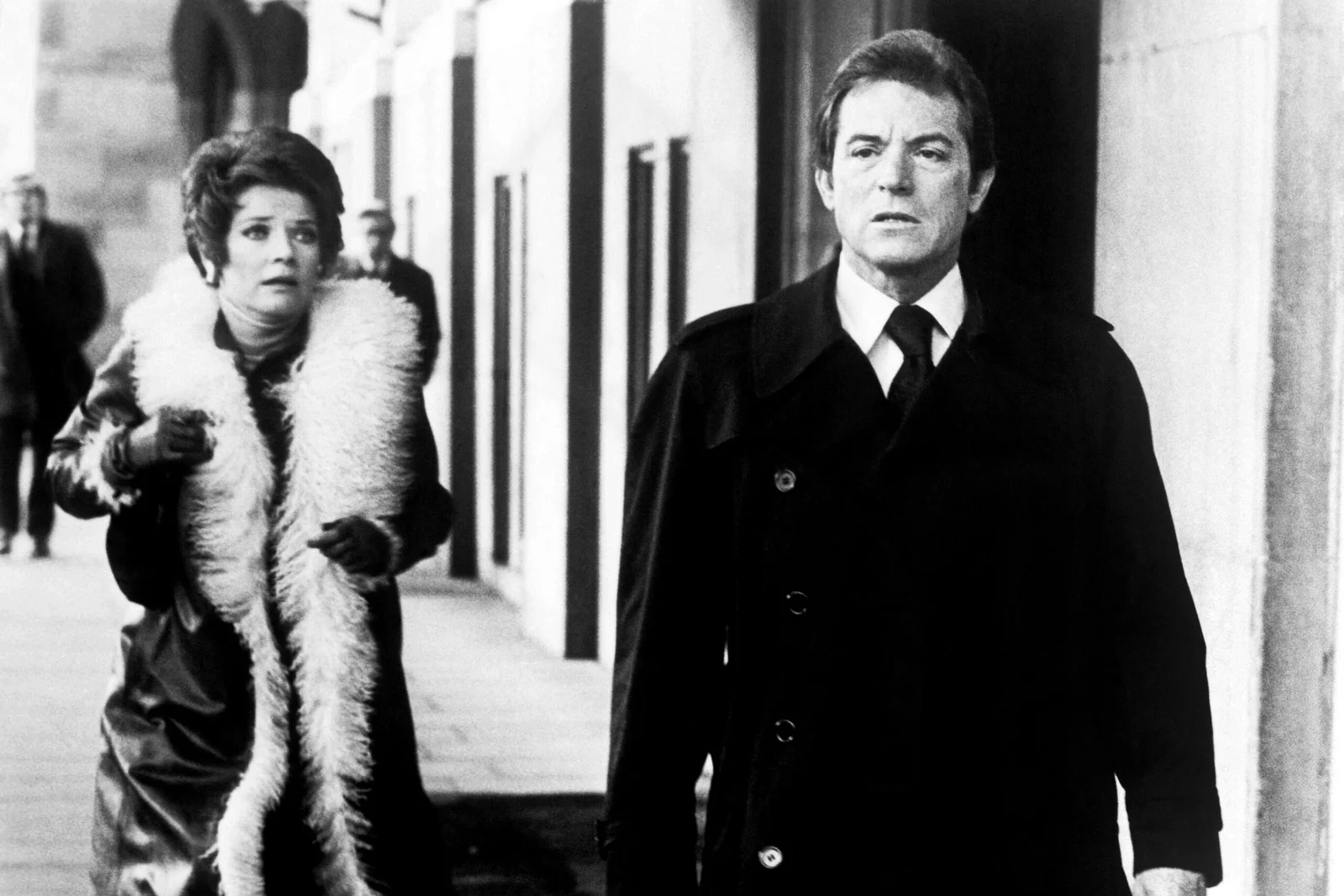
Not to be confused with the earlier Boris Karloff series, this British anthology series created by Brian Clemens delivered perfectly crafted tales of suspense with unexpected twists that would make Alfred Hitchcock proud. Each episode was a self-contained psychological thriller focusing on ordinary people caught in extraordinary circumstances, often with cruel ironic endings. The series featured actors who would later become much more famous, including Peter Cushing, Helen Mirren, and Jeremy Brett.
What distinguished “Thriller” was its impeccable plotting and economical storytelling, with each 65-minute episode building tension methodically until a often shocking conclusion. Episodes like “Screamer,” where a woman begins receiving menacing phone calls that seem to predict murders, showcased the series’ ability to create maximum suspense with minimal special effects. Modern streaming audiences accustomed to British crime dramas would find much to appreciate in this overlooked collection of meticulously crafted chillers.
5. Quinn Martin’s Tales of the Unexpected (1977)
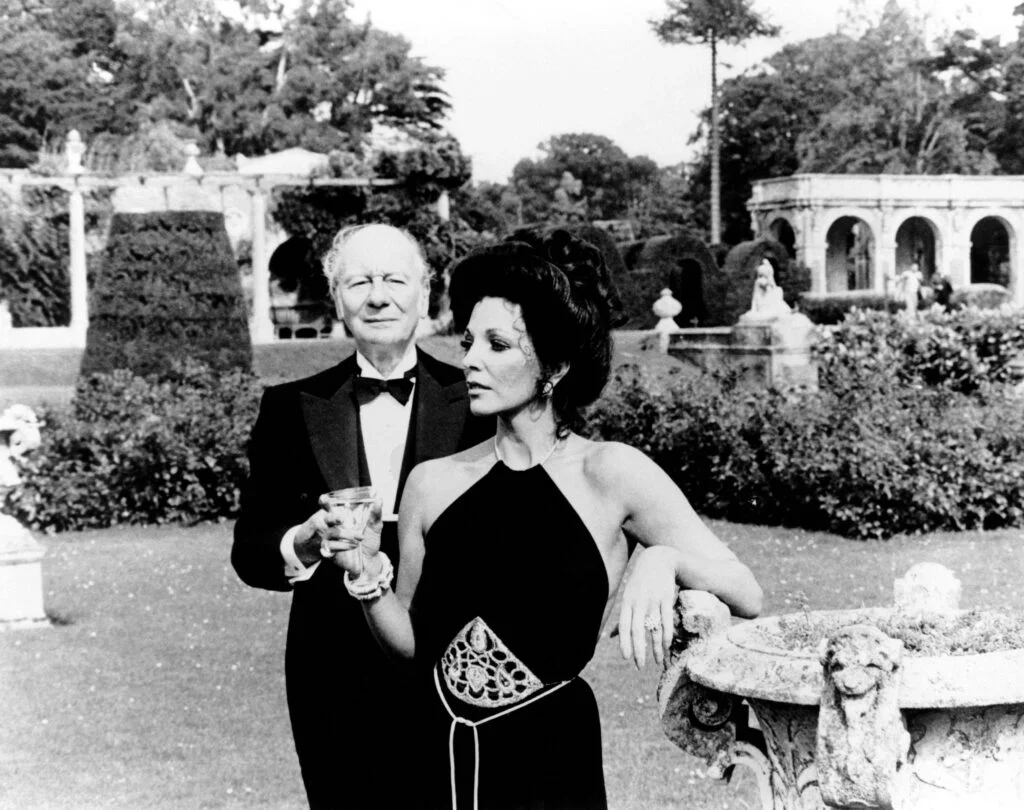
From the producer behind hits like “The Fugitive” and “The Streets of San Francisco,” this short-lived anthology series delivered suspenseful stories with supernatural or science fiction elements. Despite running for only eight episodes, the show featured impressive talent including Bill Bixby, Joan Fontaine, and Donald Pleasence. Each episode opened with producer Quinn Martin himself introducing the unexpected premise that would drive the story.
What made this series particularly interesting was its blend of Quinn Martin’s trademark production quality with stories that ventured beyond his usual crime drama territory. Episodes like “No Way Out,” where a couple finds themselves inexplicably unable to leave their neighborhood, created memorable high-concept scenarios with existential implications. Though brief, this series represents an intriguing experiment from a television production powerhouse and deserves rediscovery by fans of thought-provoking speculative fiction.
6. Wide World Mystery (1973-1976)
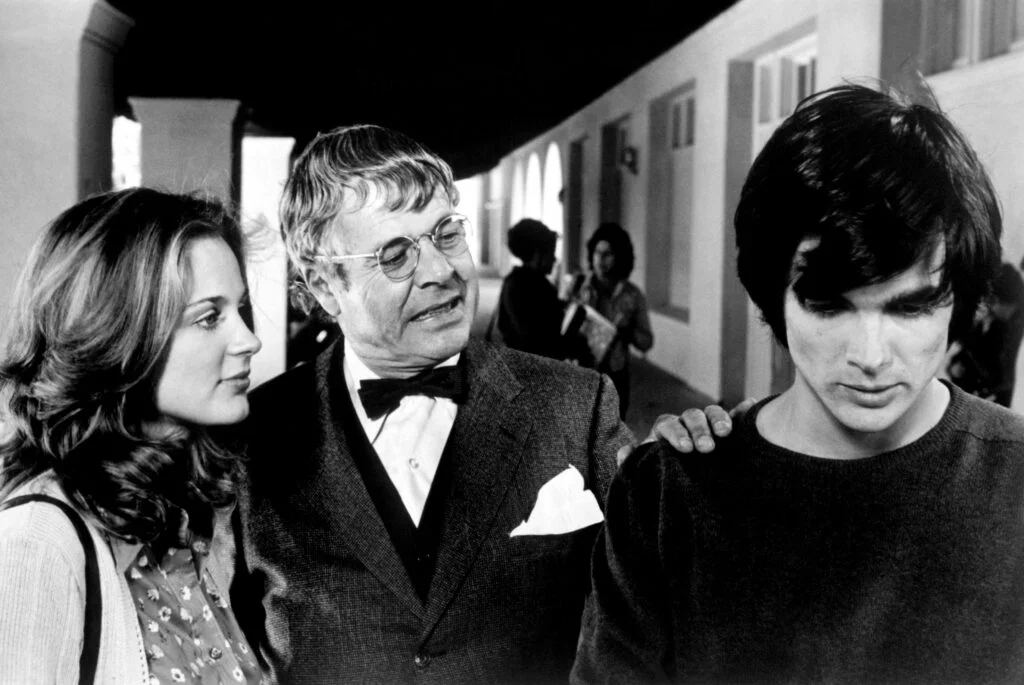
This late-night ABC anthology series specialized in thriller, horror, and mystery stories that pushed the boundaries of television content for its time. Airing after 11:30 PM allowed the series to explore darker themes and more adult-oriented content than prime-time programming. The series adapted works from noted authors like Cornell Woolrich and featured performers including John Saxon, Julie Harris, and a young Jeff Bridges.
What made “Wide World Mystery” notable was its willingness to experiment with tone, format, and subject matter in ways that mainstream primetime television couldn’t. Episodes ranged from supernatural horror to psychological thrillers to straightforward murder mysteries, providing a diverse sampling of suspenseful storytelling. The series’ late-night time slot gave it a cult following among insomniacs and horror enthusiasts who appreciated its willingness to unsettle and disturb. Today’s streaming platforms, unburdened by broadcast time slot restrictions, could showcase this series’ range to appreciative genre fans.
7. Orson Welles’ Great Mysteries (1973-1974)
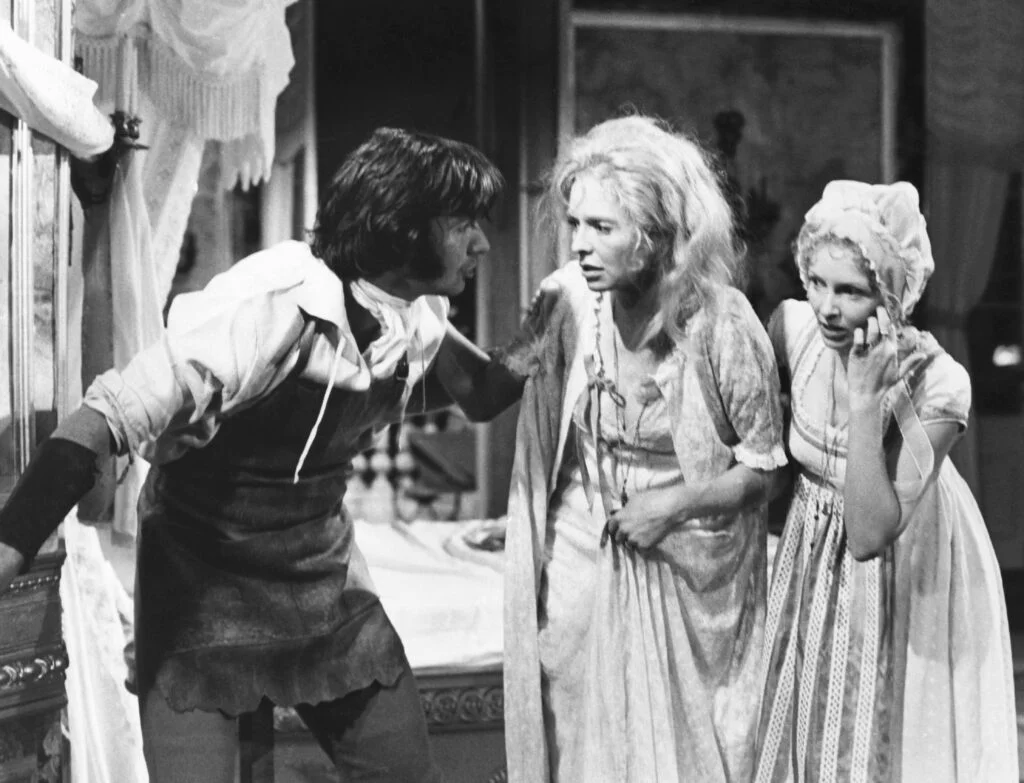
Hosted by the legendary Orson Welles, who provided his incomparable voice and presence to introduce each tale, this British anthology series focused on literary adaptations of classic mystery stories. The half-hour format delivered concise, elegant suspense tales featuring performers like Christopher Lee, Joan Collins, and Peter Cushing. Welles’ introductions alone made the series worth watching, as he brought his characteristic gravitas to frame each strange tale.
What distinguished this series was its literary pedigree and period settings, with many episodes adapting stories from masters like H.G. Wells, Wilkie Collins, and Daphne du Maurier. The production values were remarkable for television of the era, with careful attention to historical detail in costumes and settings. Episodes like “The Ingenious Mr. Bliss,” featuring a man who discovers a foolproof murder method, showcased the series’ affection for classic mystery tropes while delivering satisfying twists. In today’s streaming landscape where British period mysteries thrive, this forgotten Welles project deserves rediscovery.
8. Journey to the Unknown (1968-1970)
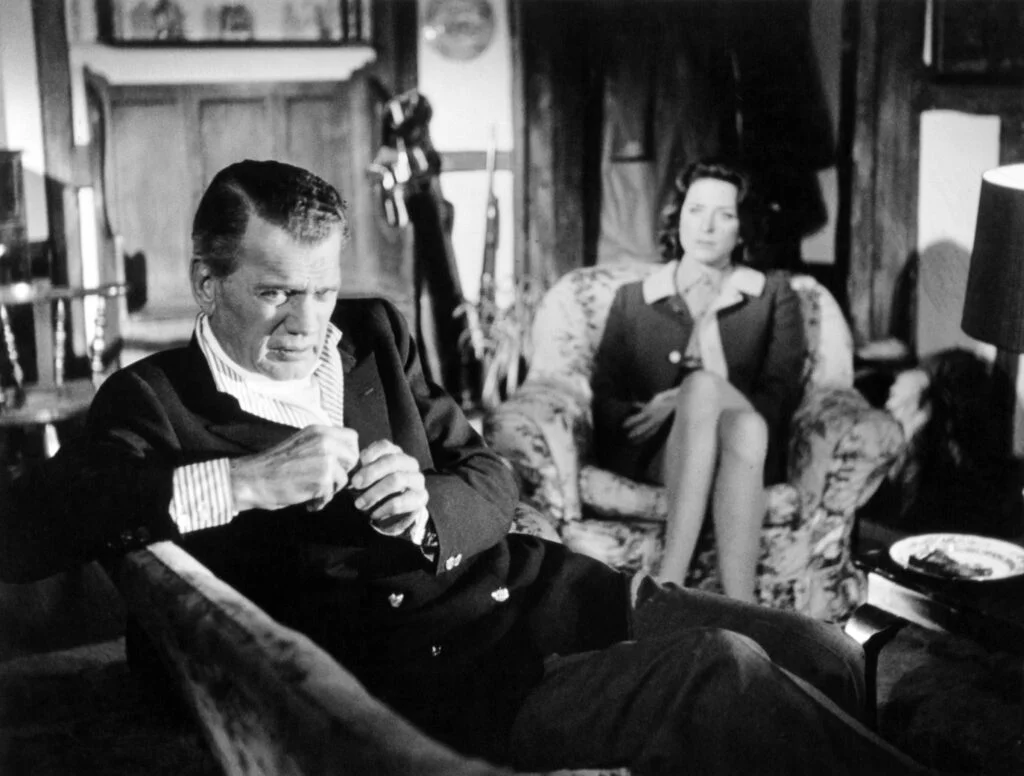
Though it began in the late 1960s, this British-American co-production continued into the early 1970s and deserves recognition for its influential approach to anthology horror. Produced by Hammer Films (famous for their Gothic horror movies) and 20th Century Fox Television, the series delivered psychological horror stories featuring actors like Vera Miles, Carol Lynley, and Joseph Cotten. Each episode explored different facets of the supernatural or unexplained, often with ambiguous conclusions.
What made “Journey to the Unknown” distinctive was its cinematic quality and willingness to leave viewers discomfited rather than providing neat resolutions. Episodes like “The Indian Spirit Guide,” where a fake medium suddenly develops real psychic powers with terrifying consequences, demonstrated the series’ ability to blend psychological insight with supernatural elements. The involvement of Hammer Films gave the series a visual richness uncommon in television of the era. Modern audiences accustomed to ambiguous horror would appreciate this series’ refusal to explain away its uncanny elements.
9. The Evil Touch (1973-1974)
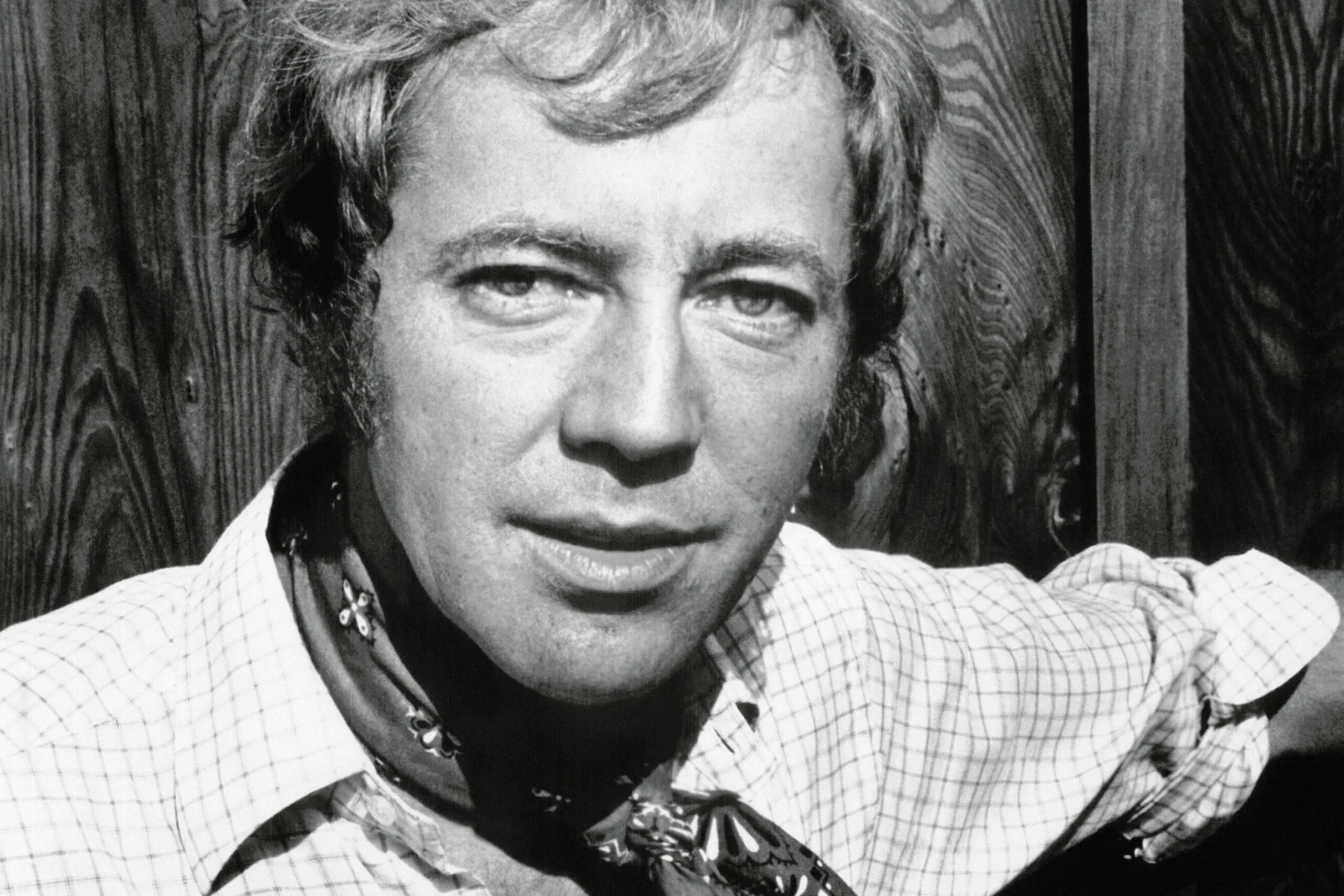
This Australian-produced anthology series hosted by British actor Anthony Quayle delivered strange tales of horror, science fiction, and the supernatural with memorable twist endings. Despite its modest budget, the series attracted international talent including Ray Walston, Harry Guardino, and Leslie Nielsen. Each episode opened with Quayle’s ominous warning about the “evil touch” about to unfold, setting the tone for the unsettling story to come.
What made this series particularly interesting was its Australian perspective on primarily American and British horror traditions, creating a unique hybrid that sometimes featured distinctive Australian settings. Episodes like “The Trial,” where a man finds himself inexplicably on trial for murder in a surreal courtroom, showcased the series’ flair for psychological horror with existential dimensions. As streaming platforms increasingly showcase international content, this forgotten Australian contribution to anthology horror deserves rediscovery by global audiences.
10. Dead of Night (1977)
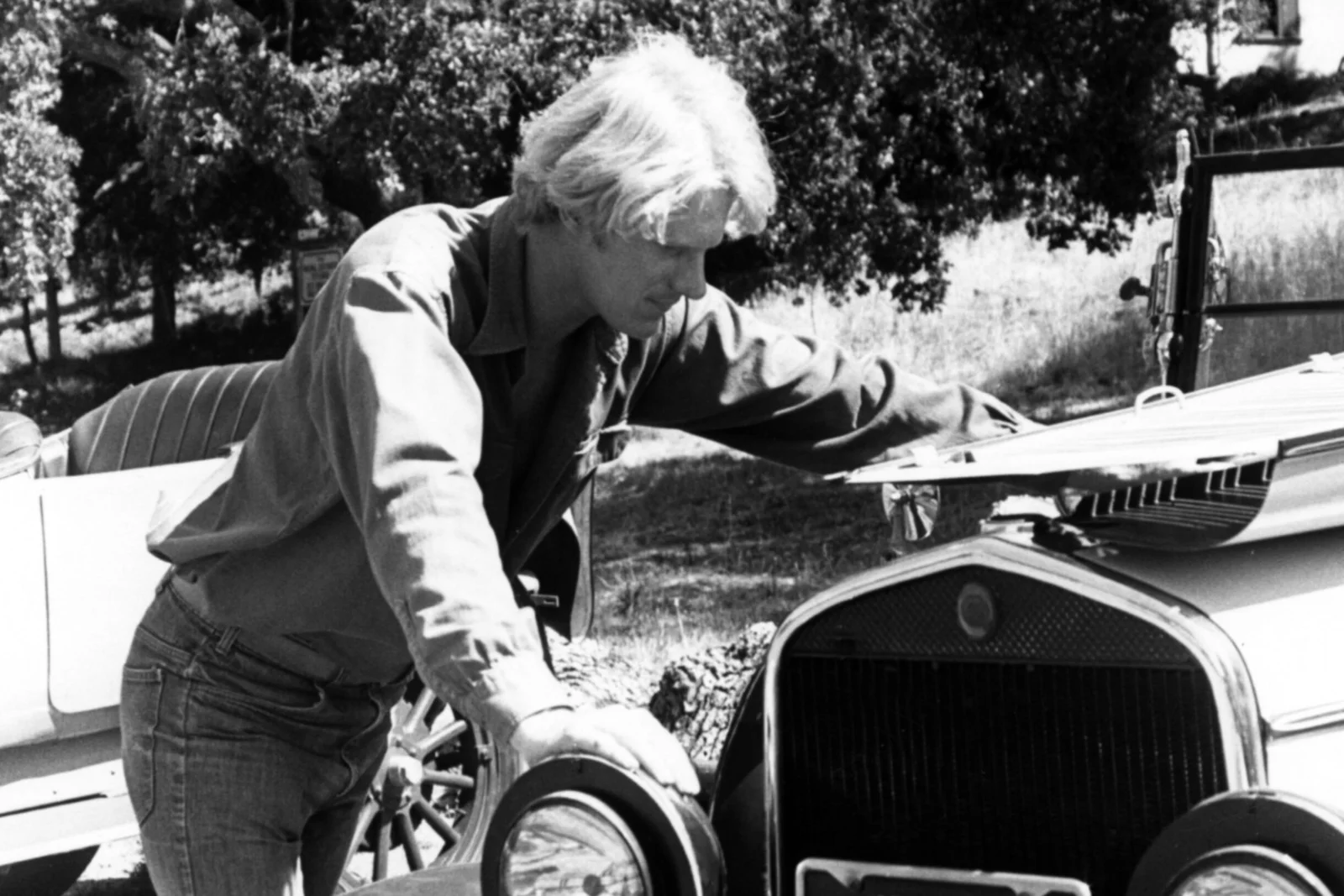
Not to be confused with the classic 1945 British film of the same name, this NBC anthology series focused exclusively on supernatural horror but was unfortunately canceled after only four episodes. Despite its brief run, the show delivered memorable tales of the macabre, including adaptations of classic ghost stories and original tales of psychological terror. The limited series featured performances from notable actors like Patrick Macnee and Joan Hackett.
What made “Dead of Night” significant despite its brevity was its serious approach to supernatural horror on network television, avoiding camp or comedy in favor of genuine attempts to unsettle viewers. The episode “A Darkness at Blaisedon,” featuring two paranormal investigators examining a haunted mansion, effectively served as a pilot for a series that never materialized but demonstrated the potential for nuanced ghost stories on television. Given our current appetite for paranormal investigation shows and gothic horror, this short-lived series represents an interesting precursor worth revisiting.
The anthology format is experiencing a well-deserved renaissance in today’s streaming environment, with viewers appreciating self-contained stories that require less time commitment than multi-season arcs. These forgotten gems from the 1970s demonstrate the versatility and potential of the format, offering everything from supernatural chillers to psychological dramas that could easily find audiences today. While some of these shows might exist in fragments on YouTube or in collectors’ archives, a proper streaming revival would allow modern viewers to appreciate these overlooked contributions to television’s anthology tradition. Sometimes the most innovative programming ideas are those we’ve simply forgotten rather than those we haven’t invented yet.


